|
The Bhagavad Gita – the Sanyasa Yoga (सन्यास योग)
श्रीमद्भगवद्गीता ॥ ॥ ॐ श्री परमात्मने नमः ॥ ॥ अथ श्रीमद्भगवद्गीता ॥ Shree Krishna has explained about the Sanyasa Yoga in chapter 18 of Shrimad Bhagavad Gita. Sanyasa (renunciation) is wholly renouncing the desire for all kinds of enjoyment of this world and the next. God may be realized through seven types of renunciation. Among them, it has been stated that, the first five types of renunciation indicate the first stage of Wisdom, renunciations upto the sixth type indicate the marks of the second stage of Wisdom, and renunciations upto the seventh type indicate the marks of the third stage of Wisdom. He, who attains ripeness in the third stage of Wisdom above, at once realizes God, the embodiment of Existence, Knowledge and Bliss. He loses all connection with this transient, destructible, impermanent world. Seven classes, the marks of renunciation are mentioned below:
In the person, who has reached the sixth stage of renunciation stated above, there may be, now and then, some slight manifestation of attachment, when there is any special contact with objects of enjoyment; but in the person, who has reached the seventh stage of renunciation, there can be no attachment, even when there is contact with objects of enjoyment for in his conception, except God, no other object remains. That is why this renunciation has been described as Supreme Dispassion. Following attributes make their appearance: Truthfulness (Statement of facts in sweet words, representing exactly what is realized by the mind and the senses),
The Sannyasa yoga is discussed by Shree Krishna as under (in bracket, chapter. verse) (the relevant Sanskrit verses of Bhagavad Gita are mentioned at the bottom): Sanyasa (renunciation) is giving up (wife, children, wealth, other goods and Yajna, charity, penance & puja etc.) of all actions motivated by desire and the wise declare that Tyaga consists in relinquishing the fruit of all actions (18.2). Sanyasi (man of renunciation):
0 Comments
The Bhagavad Gita – the Dhyan or Raja or Kriya Yoga (राज योग / ध्यान योग)
॥ श्रीमद्भगवद्गीता ॥ ॥ ॐ श्री परमात्मने नमः ॥ ॥ अथ श्रीमद्भगवद्गीता ॥ Shree Krishna in Shrimad Bhagavad Gita has showed four paths of liberation viz. the karma yoga, the jnana yoga, the bhakti yoga and the dhayan or raja yoga. Path of Raja yoga is explained in chapters 6 and 8. The Raja Yoga is the conquering of the internal organs (mind, intellect and ego) by psychic control. Shree Krishna says, the Raja Yogi is superior to the ascetic (तपस्वी); he is regarded superior even to the persons who have knowledge of scriptures. The Yogi is also superior to those who perform action with some interested motive (6.45). Shree Krishna has explained that the Raja yogi should practise moderation in his daily habits—in eating; sleeping, recreation, etc.; practise meditation by sitting in a comfortable posture, with the head; neck and spine erect (not tensed) and fix his purified & unwavering mind on the Atman by concentrating between the eyebrows or on the tip of the nose. By regular meditation upon the Atman, Raja yogi gradually transcends the senses and intellect and merges himself in the blissful Atman. He finds that the bliss of the Atman is incomparable, that there is no gain greater than the Self. Having thus attained perfect union with the Self, the Yogi no more descends into ignorance or delusion. He does not relish any more the pleasures of the senses and once the yogi is well established in the Brahman i.e. state of bliss from which, even the greatest sorrow cannot shake him. Self-centredness goes away. This ultimately leads to the vision of the Lord in all beings and creatures. Shree Krishna assures that the practice can succeed through Vairagya (dispassion), regular practice, intense faith & devotion and strong aspiration for ascending in spiritual life. He assures Arjuna that the accumulated power of his Yogic practices will assure him a better birth in the future, with more favourable conditions for Sadhana. The detailed explanations, chapter wise and verse-wise are as under (the relevant Sanskrit verses of Bhagavad Gita are mentioned at the bottom): Who can do Meditation: The person, who has controlled his mind and body, is free from desires and void of possessions, live in seclusion and constantly engage his mind in meditation (6.10). How to do Meditation:
Precautions to do Meditation:
State of Mind of accomplished Raja Yogi:
Goal attained by Raja Yogi:
Re-birth of Raja Yogi:
The Bhagavad Gita – Path of Devotion & Bhakti Yoga (भक्ति योग)
॥ श्रीमद्भगवद्गीता ॥ ॥ ॐ श्री परमात्मने नमः ॥ ॥ अथ श्रीमद्भगवद्गीता ॥ Shree Krishna in Shrimad Bhagavad Gita has brought out the nectar of Upanishads and outlined four paths of liberation from re-birth & to achieve highest spiritual goal. The paths are the karma yoga, the jnana yoga, the bhakti yoga and the dhayan or raja yoga. Path of bhakti yoga is explained in chapters 4, 7, 9, 10, 12 and 18. Bhakta is one who fix his mind daily, continuously & unmoved on the almighty; worship by listening, chanting, meditating & studying about almighty without motives; surrender everything to Him with great devotion & love; make obeisance to Him and entirely depending on Him. Four types of persons become devoted viz. sufferer, the enquirer, the boon-seeker and the knowing one. The knowing ones love the Brahman from their sense of innate unity with that. To them, nothing is dearer than Brahman. It is only after many births of spiritual striving that person is established in this form of love based on knowledge that it is Brahman alone who is seen as this world of multiplicity. Vedic system maintains that the Almighty/Brahman has manifested himself as several deities, who represent particular powers. The devotion to deities of most persons is mainly motivated by worldly needs like cure of diseases, success, wealth etc. A divine incarnation is the expression of divinity through humanity. Worship of incarnations is worship of Brahman himself. Wise persons know that the powers of the deities are derived from Brahman who fulfils the desires. Purpose of Worship (Devotion):
Forms of Devotion (Bhakti): The forms of Bhakti are three – Ekatva (based on unity, soul’s oneness with Brahman), Prthaktva (separateness, Brahman is master of all, adoring him as father or husband) and Bahudha (multiplicity, immanent of all being, and service to all beings). Worship of shiva, Vishnu, Devi, incarnations etc. is done with understanding that it the one supreme being who has manifested as all these deities that it is He who is worshipped through them all. Types of Worship:
Attributes of devotion: The three qualities viz. Shraddha, ardent practice and control of senses, are absolutely necessary for spiritual progress.
Types of devotees:
Progress of Devotion:
The detailed explanations, chapter wise and verse-wise of Shrimad Bhagavad Gita (the relevant Sanskrit verses of Bhagavad Gita are mentioned at the bottom) are as under: The Bhagavad Gita – Path of Jnana Yoga (ज्ञान योग)
॥ श्रीमद्भगवद्गीता ॥ ॥ ॐ श्री परमात्मने नमः ॥ ॥ अथ श्रीमद्भगवद्गीता ॥ Shree Krishna in Shrimad Bhagavad Gita has explained the four paths of liberation from re-birth. While seen dejected Arjuna, Shree Krishna first threw light of true knowledge (Samkhya Yoga in Chapter 2). He explains, Soul is eternal, hence dejection is not appropriate. He made discourses on Jnana Yoga (Samkhya Yoga or Yoga of Knowledge) in several chapters of Bhagavad Gita. Jnana yoga or Samkhya Yoga is the path of wisdom, knowledge, and direct experience of Brahman as the ultimate reality. Knowledge is recognition of the truth that soul is only uninvolved witness in whose presence prakriti functions and fading of ignorance. Engaging one in action with mind steadfast in Yoga, abandoning attachments and even mindedness in pleasure & pain, success & failure, is called Yoga. By overcoming delusions, one develops a state of indifference towards the past experiences & experiences yet to come. Impulses are generated constantly in mind which may be negative or positive. Yoga brings serenity of mind and thus helps in correct decision making. Intellect has power to choose or reject the impulse. But people react habitually before the intervention of conscious & intellect. With calmness brought by yoga and meditation, intellect express the decision to get assent of consciousness before organ of actions react. According to Samkhya philosophy,
Jnana Yoga of the Bhagavad Gita has many parallels with the original Samkhya philosophy of Kapila (already an article is published under category of Philosophy of this website). The main tenets of path of Jnana Yoga are as under (in bracket, chapter. verse) (the relevant Sanskrit verses of Bhagavad Gita are mentioned at the bottom): Introduction of Jnana Yoga:
Steady (stable, evenness) State of Mind:
Attributes of Intellect:
Ture Knowledge (wisdom):
Attributes of Soul:
Brahman (almighty, Purusha, Shree Krishna)
Liberation:
Hence, Jnana Yoga is the attainment of true knowledge about the Prakriti, soul and Brahman. The Bhagavad Gita – Creation & Dissolution of Universe
॥ श्रीमद्भगवद्गीता ॥ ॥ ॐ श्री परमात्मने नमः ॥ ॥ अथ श्रीमद्भगवद्गीता ॥ Shree Krishna has explained about the creation and dissolution of universe, birth, death, re-birth and salvation in chapters 7, 8, 9, 10, 13 and 15 of Shrimad Bhagavad Gita. Shree Krishna informs Arjuna as under: Creation and Dissolution of Universe:
|
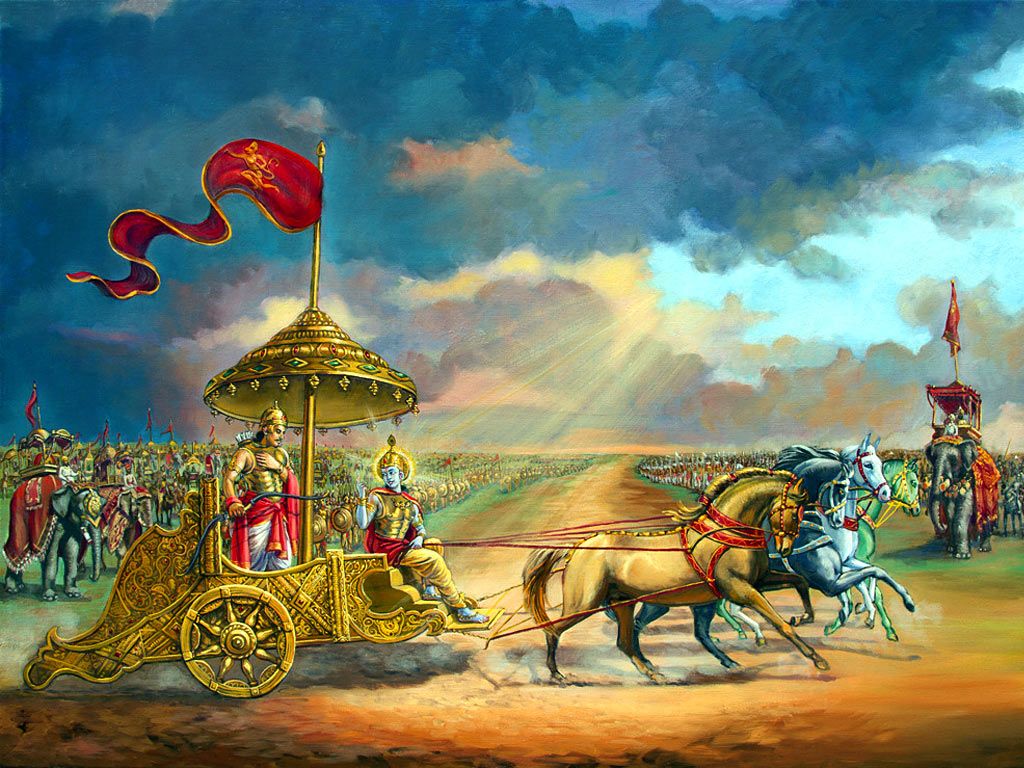
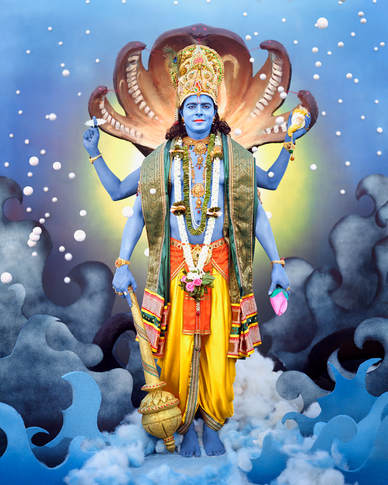
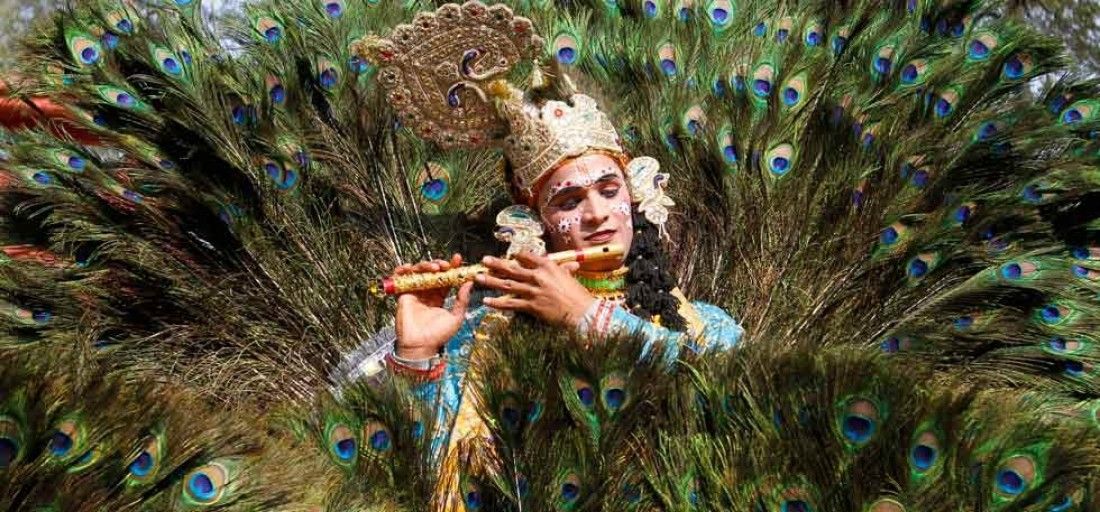
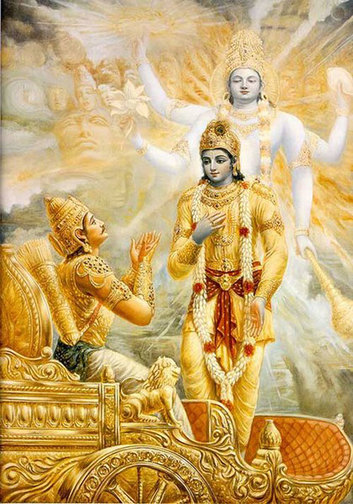
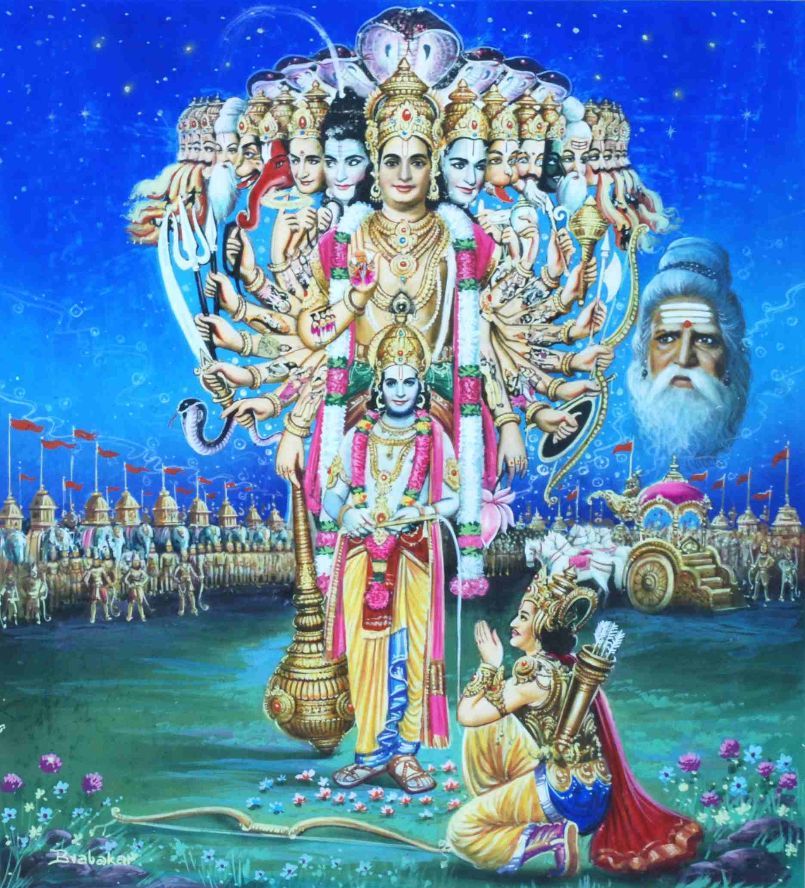
 RSS Feed
RSS Feed